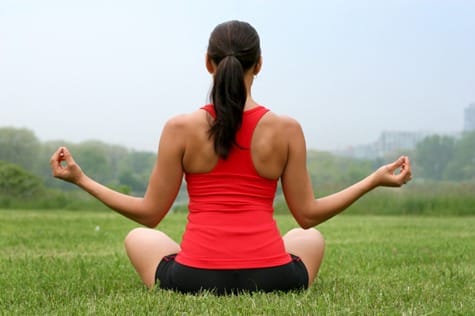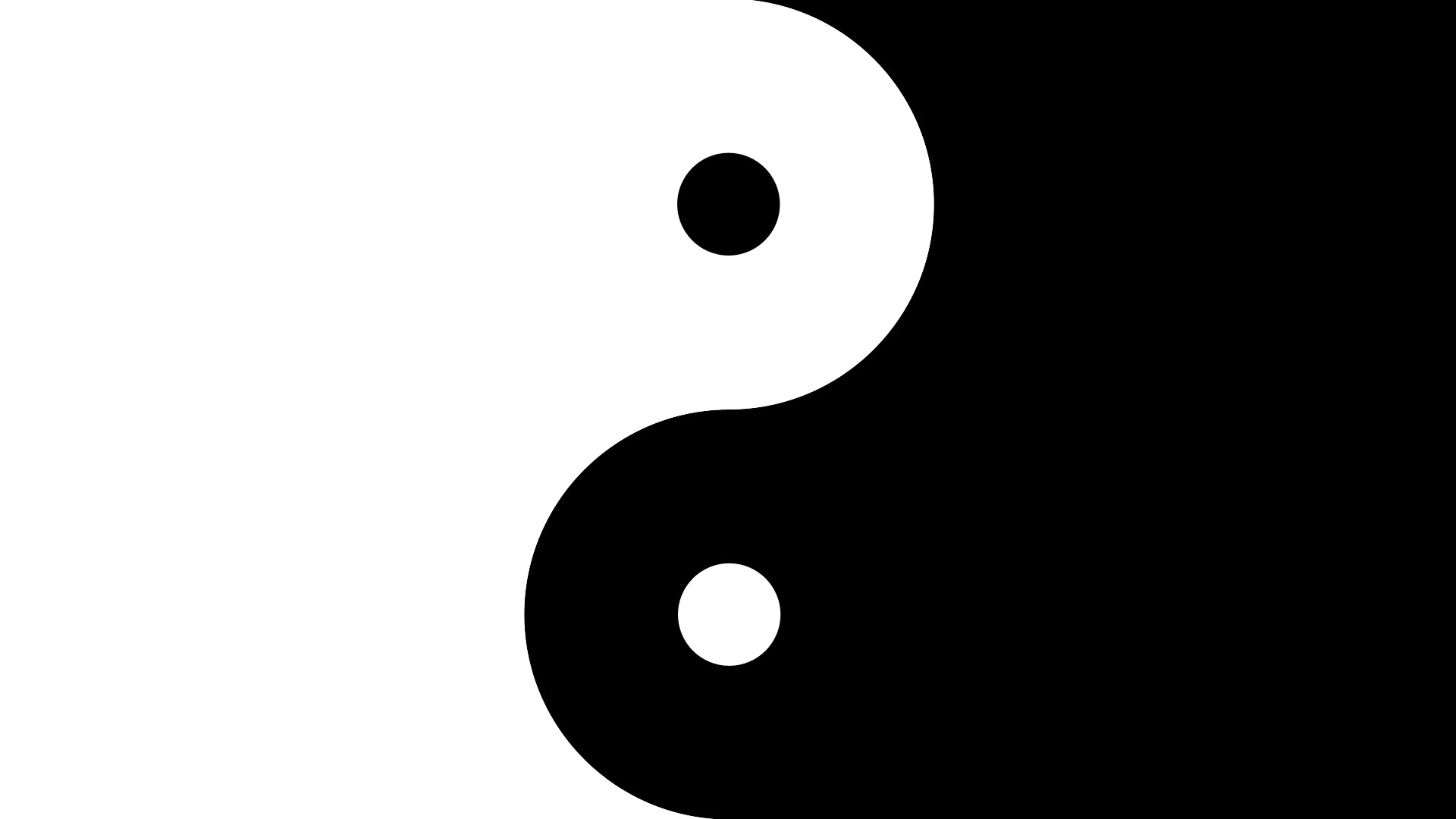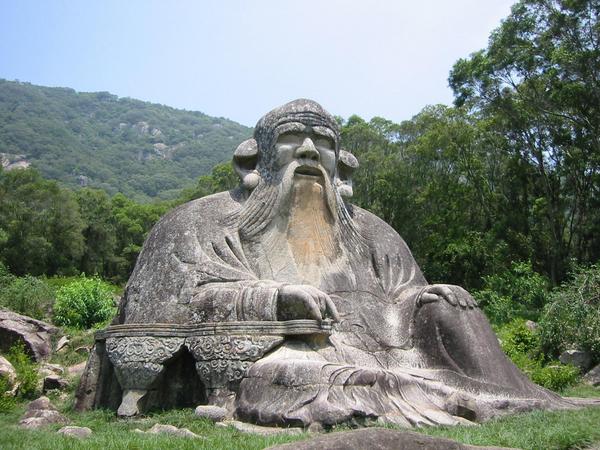Teaching Yoga Full-Time in California
A photo posted by Elliot | ET (@pada_yogi) on Jul 6, 2015 at 5:52pm PDT Challenging My Self w/ Teaching Yoga I am a yoga teacher. This past weekend I taught seven yoga classes. Nine if you include Thursday and three of them were on Saturday. By the end of the class I was a bit … Read more



